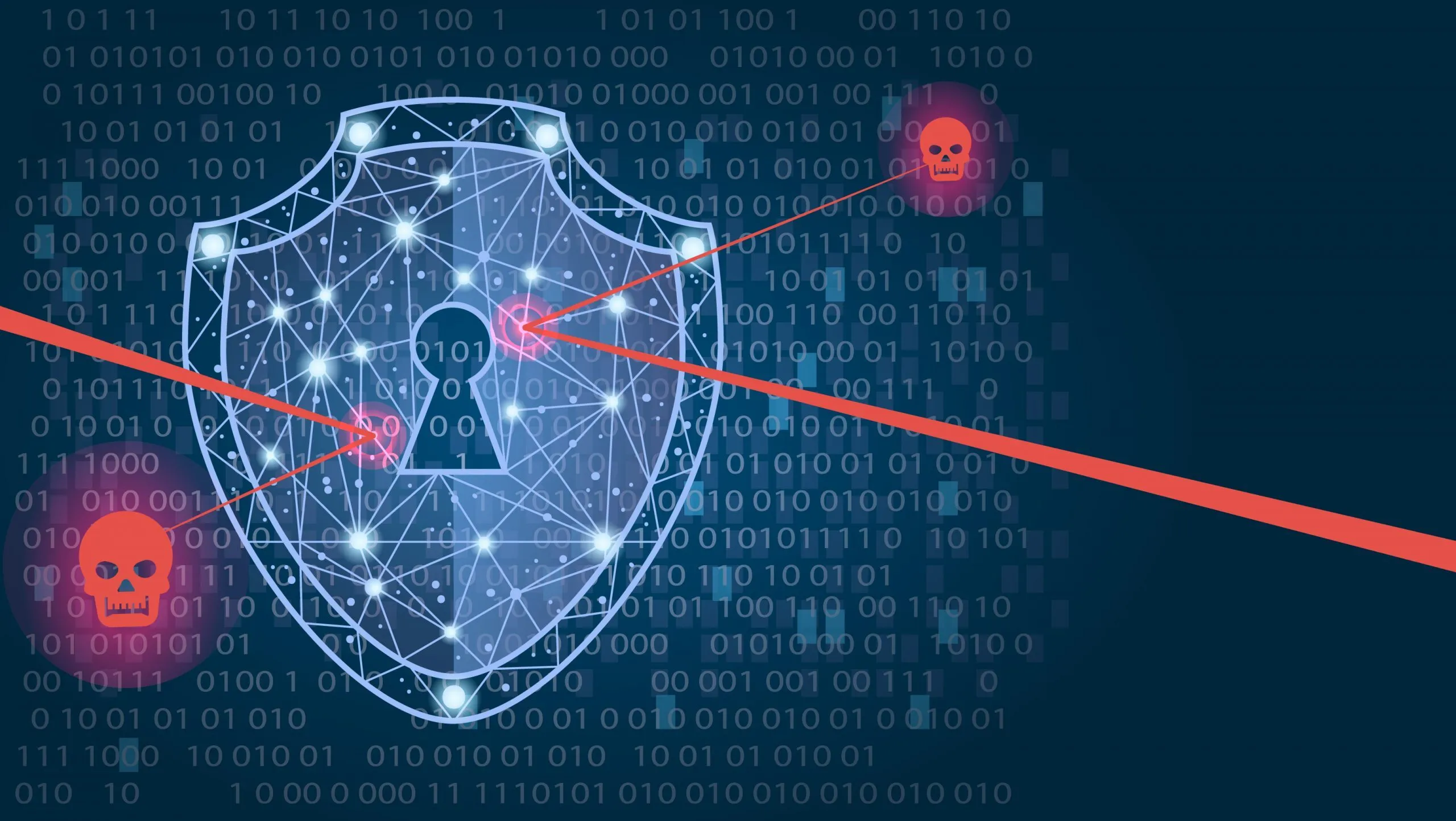Introduction:
The glittering city of Las Vegas, known for its extravagant entertainment and casinos, has recently been thrust into the spotlight for an entirely different reason – a string of high-profile cybersecurity breaches.
In this blog post, we’ll delve into the complex web of events that unfolded, with a particular focus on the MGM Resorts and Caesars breaches.
These incidents serve as cautionary tales, providing valuable insights for organizations seeking to bolster their cybersecurity defenses.
Part 1: The MGM Attack – A Prelude to the Storm
The MGM Resorts data breach might have captured headlines, but it was far from an isolated incident.
Okta, a leading identity and access management company, had been tracking and warning about similar attacks since early August.
Just days before the MGM breach, Caesars fell victim to a nearly identical attack, ultimately paying a staggering $15 million ransom (negotiated down from a $30 million demand).
These events signaled the beginning of a cybersecurity storm that would rock Las Vegas.
Part 2: Unmasking the Threat Actors
Both the Caesars and MGM attacks appear to have been orchestrated by the same threat actors – a well-known social engineering group based in Western Europe and the UK, aptly named Scattered Spiders (also known as Roasted 0ktapus or UNC3944).
These cybercriminals operated in collaboration with the Ransomware as a Service group known as ALPHV or BlackCat.
The intricate web of actors involved showcases the sophistication of modern cyberattacks.
Part 3: A Precise Target – Companies Using Okta for Authentication
What set these attacks apart was their precision.
They specifically targeted organizations utilizing Okta for authentication.
The modus operandi was alarmingly straightforward – the attacks commenced with voice phishing (vishing) campaigns against helpdesks.
By manipulating helpdesk employees, the threat actors sought to reset Okta’s multi-factor authentication (MFA) authenticators, enabling them to self-enroll new MFA devices.
In the case of Caesars, the attack was launched through a 3rd-party IT vendor’s helpdesk, while MGM’s attack seems to have emanated from an internal MGM helpdesk.
Part 4: Key Takeaways from the Las Vegas Cyberstorm
From this whirlwind of cyberattacks and vulnerabilities, several critical takeaways emerge:
Takeaway 1: Strong MFA Is Crucial but Not Infallible
While multi-factor authentication (MFA) is a powerful cybersecurity tool, it is not impervious to all forms of attacks.
Even advanced identity and MFA tools were exploited in these breaches.
Organizations must continually assess and enhance their MFA solutions.
Takeaway 2: Vulnerability of Helpdesks to Social Engineering
Helpdesks are prime targets for social engineering attacks.
It is essential to educate helpdesk employees and implement robust policies to prevent social engineering attempts.
Attackers often gain initial information from platforms like LinkedIn, and callers may convincingly impersonate employees, providing detailed information such as names, titles, employee identification numbers, and birthdates.
Takeaway 3: Caution in Self Enrollment of MFA
The self-enrollment feature for multi-factor authentication presents a potential vulnerability.
Organizations should exercise caution when implementing self-enrollment and ensure additional safeguards are in place to mitigate risks.
Conclusion: Strengthening Cybersecurity Defenses
The Las Vegas cybersecurity breaches underscore the ever-present threats organizations face in the digital realm.
While these incidents may seem far removed from daily operations, their impact is a stark reminder of the importance of robust cybersecurity measures.
By embracing stronger MFA practices, educating employees against social engineering, and critically evaluating self-enrollment procedures, organizations can better protect their assets in an increasingly complex cyber landscape.
In the wake of these events, the need for vigilance and proactive cybersecurity measures is more critical than ever.
Stay informed, stay prepared, and stay secure in the face of evolving threats.

